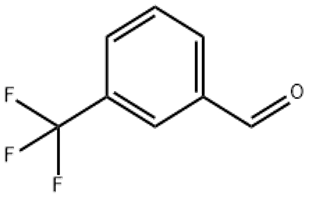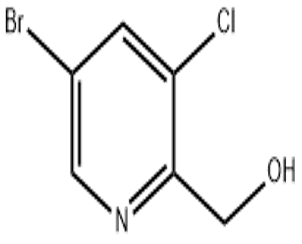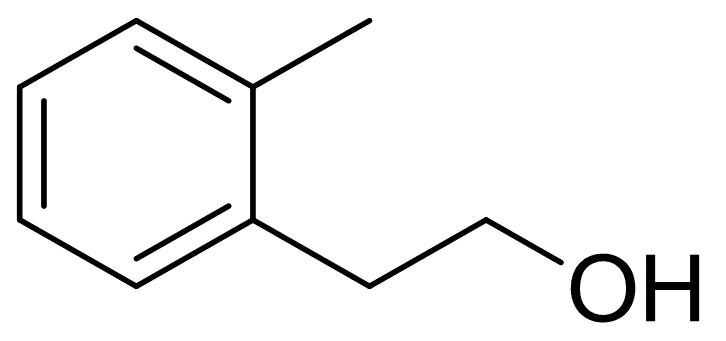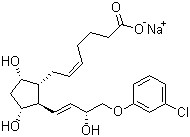3-(trifluoromethyl)benzaldehyde(CAS# 454-89-7)
| Hazard Symbols | Xi – Irritant |
| Risk Codes | 36/37/38 – Irritating to eyes, respiratory system and skin. |
| Safety Description | S26 – In case of contact with eyes, rinse immediately with plenty of water and seek medical advice. S36 – Wear suitable protective clothing. |
| UN IDs | UN3082 – class 9 – PG 3 – DOT NA1993 – Environmentally hazardous substances, liquid, n.o.s. HI: all (not BR) |
| WGK Germany | 3 |
| FLUKA BRAND F CODES | 10-23 |
| TSCA | T |
| HS Code | 29130000 |
| Hazard Class | IRRITANT |
Introduction
M-trifluoromethylbenzaldehyde is an organic compound. The following is a presentation on the properties, uses, preparation methods, and safety information of this compound:
Quality:
- Appearance: M-trifluoromethylbenzaldehyde is a solid with colorless crystals.
- Solubility: It has low solubility in water, but it is soluble in organic solvents such as ethanol, ether, etc.
Use:
- M-trifluoromethylbenzaldehyde is often used as an intermediate in organic synthesis for the synthesis of other compounds.
Method:
- There are many preparation methods for m-trifluoromethylbenzaldehyde,commonly used methods include oxidation reaction of trifluoromethylbenzaldehyde and m-methylbenzoic acid,and condensation reaction under acidic conditions to obtain products.
Safety Information:
- M-trifluoromethylbenzaldehyde is an organic compound and care should be taken to prevent inhalation, ingestion, or contact with the skin or eyes during handling.
- It should be operated in a well-ventilated area and with appropriate protective gloves and glasses.
- In case of inhalation, ingestion, or skin contact, rinse immediately with plenty of water and seek medical attention.
- Specific safety operating procedures should follow the Safety Data Sheets (SDS) for individual chemicals or consult a professional.






![2-Chloro-6-Methyl-7H-pyrrolo[2,3-d]pyriMidine(CAS#1060816-56-9)](https://www.xinchem.com/uploads/2-Chloro-6-Methyl-7H-pyrrolo23-dpyriMidine.jpg)

